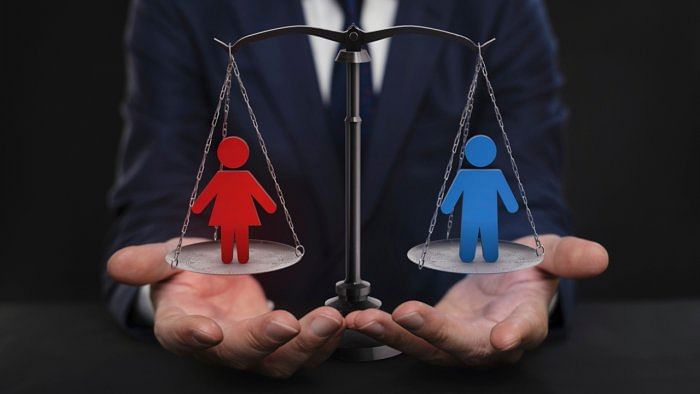
The differences are mainly due to the differences in social experience and conditions rather than biology.
Credit: iStock Images
It has long been acknowledged that there is a gender gap in the incidence of diseases and healthcare all over the world. This is proved again and again by real life experiences and research studies. A new study on the gender gap published in The Lancet Public Health throws more light on it by revealing that there are important differences between men and women in the matter of causes of disease burden and treatment. These differences have not been fully taken into consideration in health policy formulation, treatment and even in research. The gender gap in healthcare affects both men and women but women are affected more. Health loss, caused by illness and death, related to 20 major diseases, is higher among males. But women suffer more, though they live longer. While men are more affected by conditions that lead to premature death, such as heart, lung and liver issues, women experience non-fatal conditions like musculoskeletal and mental health issues for longer periods.
The differences are mainly due to the differences in social experience and conditions rather than biology. Women have to do house work, caregiving, and in many cases livelihood and job work, too, and meet familial and social expectations. This causes in them physical, psychological and emotional stress to a greater extent than men experience. Men are more likely to do harder physical work and undertake riskier tasks which are associated with traditional notions of masculinity. They are more prone to abuses like smoking and drinking. The nature of their work and habits make them vulnerable to more fatal diseases. So the health conditions and nature of diseases of both are very much related to their work profiles and social situations. This has not been adequately factored into medical research, health policies and treatment regimens.
The study explains that the sex and gender situations interact in most cases leading to different health and disease experiences among men and women. These differences persist and become more acute with age. The study underlines the need for countries to increase their reporting of sex and gender data and to use these data to overhaul their approach to health. Health strategies need to be tailored to the particular health challenges faced by females and males. Data disaggregated on the basis of sex and gender is not adequately available or is ignored in decision-making processes. Even research had a male bias till now, and it still continues. Heath efforts and budgets will be wasted if they are not targeted effectively. The report is important in the light of the warning that the global economy will lose annually $1 trillion by 2040 if the gender health gap is not closed.